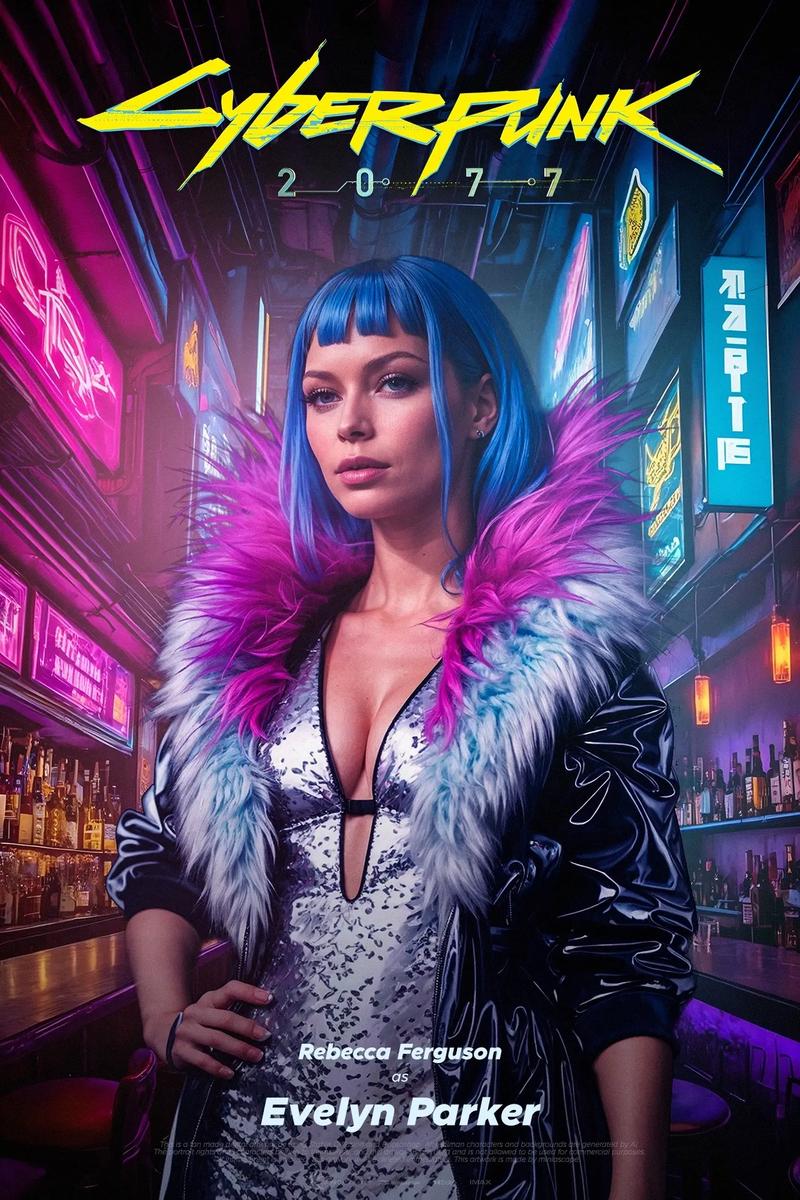The Final Whistle: Reflecting on FIFA 23 and the End of an Era
The release of a new FIFA game is more than a launch; it’s a global event, a cultural touchstone for millions. For three decades, the name "FIFA" has been synonymous with virtual football, a monolithic presence in the gaming landscape. Yet, with FIFA 23, the atmosphere was palpably different. It wasn't just another annual iteration; it was a funeral and a farewell party rolled into one. Billed as the "final" installment from EA Sports under the iconic FIFA banner, the game arrived shrouded in a unique blend of nostalgia, heightened expectation, and the looming specter of an uncertain future. Its reception, therefore, was never going to be a simple critique of its gameplay mechanics or graphics. It was the final verdict on a 30-year partnership and a judgment on whether EA Sports could send its most valuable IP out on a high note.
To understand the reception of FIFA 23, one must first appreciate the context of its arrival. The much-publicized divorce between EA Sports and FIFA (the international governing body) was not a sudden rupture but the culmination of years of strained negotiations. FIFA’s demand for a reportedly exorbitant $1 billion every four years for the naming rights was a fee EA deemed unjustifiable for a brand name alone. This split meant that FIFA 23 was the last of its kind, the end of a lineage stretching back to 1993. This knowledge infused every aspect of its reception. Critics and players weren't just reviewing a game; they were eulogizing an institution.
From a technical and gameplay perspective, FIFA 23 was largely received as the most polished and complete edition of the series in years. EA Sports seemed to have listened to long-standing community complaints, delivering meaningful innovations rather than mere cosmetic updates. The headline addition was the integration of HyperMotion2 technology. Building upon the foundation laid in FIFA 22, this iteration used machine learning from twice the amount of real-world match capture data to create over 6,000 new animations. The result on the pitch was tangible: player movement felt more fluid, physical battles were more nuanced, and moments of emergent gameplay—a awkward stumble after a contested header, a new shooting animation under pressure—created a greater sense of authenticity and unpredictability.
Two other gameplay innovations were universally praised. The Power Shot mechanic introduced a new risk-reward element to attacking play. By holding two buttons, players could trigger a dramatic, cinematic animation for a thunderous strike, but at the cost of leaving the player momentarily vulnerable and with a slower wind-up time. It was a move that required strategic timing and space, adding a fresh layer of skill to finishing. Secondly, the overhauled set-piece system finally moved away from the archaic and frustrating mechanics of old. The new controlled, over-the-shoulder camera for free kicks and penalties offered players genuine precision and agency, turning dead-ball situations from a lottery into a skill-based art form.

Beyond the core gameplay, FIFA 23 was celebrated as a content-rich package, a "greatest hits" collection for the modern era. The ever-popular Ultimate Team (FUT) mode received significant updates, including the welcome addition of World Cup content seamlessly integrated into the mode during the tournament, allowing players to build squads with both club and national team heroes. Career Mode saw further refinements, with more immersive pre-match presentations, tactical depth, and player development options. However, the star of the show was undoubtedly the continued evolution of Volta Football and, most notably, the groundbreaking Cross-Play functionality. For the first time, players on different platforms (same generation) could finally compete against each other in FUT Champions and Division Rivals, breaking down walls and uniting the fractured player base in a way that was hailed as long overdue.
Yet, the reception was not a unanimous chorus of praise. The shadow of the future loomed large, and with it, a degree of skepticism. A prevailing sentiment among a segment of the community was that this was a "safety-first" effort. Critics argued that the game, while polished, felt iterative rather than revolutionary. The fundamental frustrations that have plagued the series for years—inconsistent AI defending, scripting momentum (a concept known as DDA or Dynamic Difficulty Adjustment, which EA continues to deny), and the relentless, often predatory, focus on FUT monetization through loot box-style packs—remained largely unaddressed. For some, this final chapter was a missed opportunity to take a bold risk, to completely reinvent the wheel one last time under the FIFA name. Instead, it felt like EA was playing not to lose, perfecting a known formula before a risky reboot.
Furthermore, the knowledge that the franchise would continue just a year later as "EA Sports FC" created a strange duality. Every positive was tempered with the question, "Will this carry over?" Every negative was met with the hope, "Surely they'll fix this for the new era." This made the critique of FIFA 23 somewhat transient; it was a game judged not only on its own merits but as a bridge to an unknown future.
In conclusion, the reception of FIFA 23 was complex and multifaceted. As a standalone football title, it was critically acclaimed as a refined, feature-packed, and technically impressive culmination of the Frostbite engine era. It successfully delivered on its promise to be the most complete and connected FIFA experience ever, earning strong review scores and robust sales figures. However, its legacy is inextricably tied to its status as a finale. It was received not just as a game, but as a poignant moment in gaming history. The applause was genuine for the quality on offer, but it was accompanied by a standing ovation for 30 years of memories. It was a respectful and highly competent send-off, a victory lap that reminded everyone why FIFA became a behemoth in the first place. Yet, as the final whistle blew on the FIFA name, the overwhelming feeling was not of an ending, but of anticipation for the kick-off to come. EA Sports didn't just deliver a great game; they successfully passed the ball forward to their next big shot: EA Sports FC. The reception for FIFA 23 was, ultimately, a heartfelt and grateful cheer for the past, with all eyes firmly fixed on the future.
















